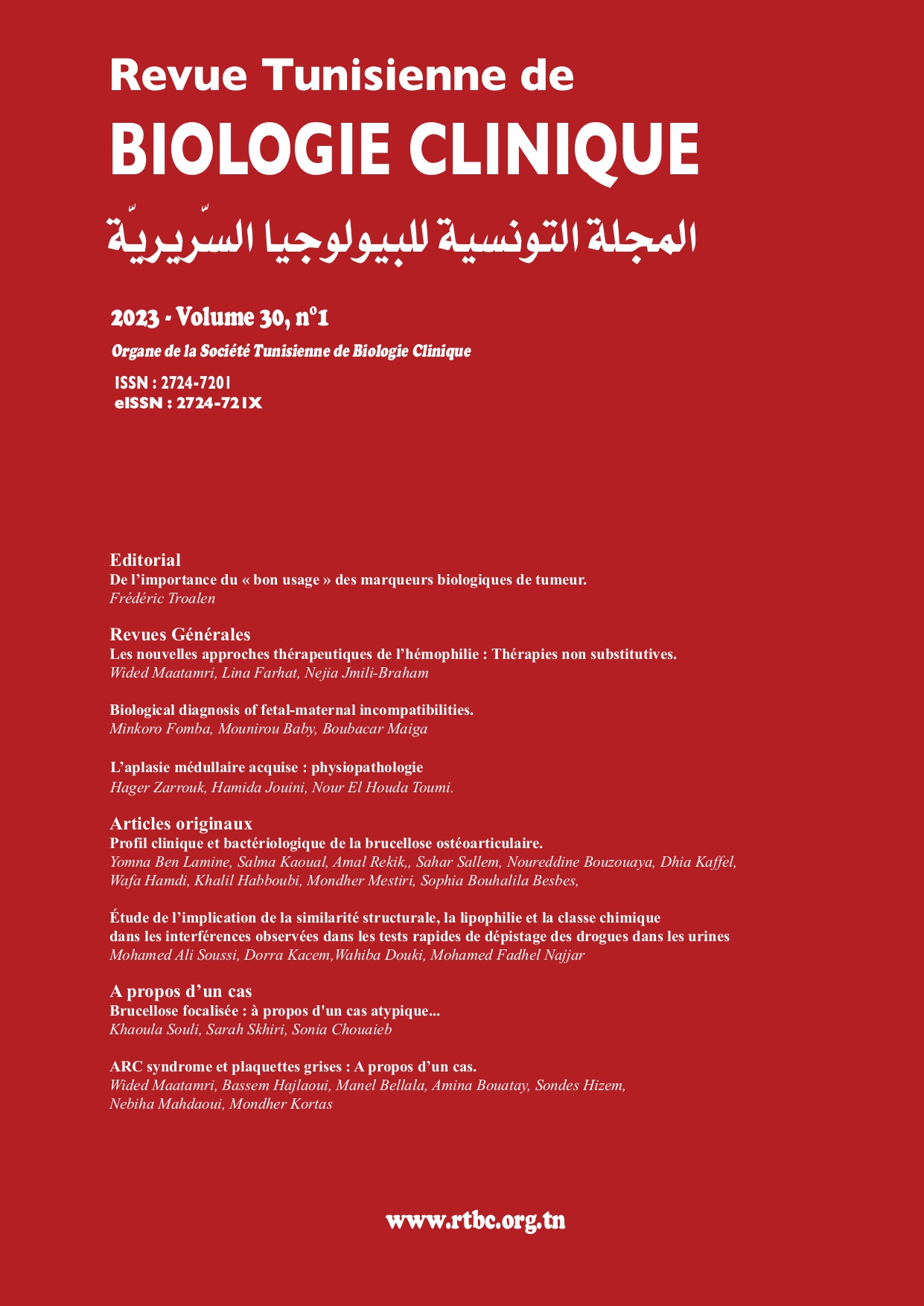Abstract
Introduction: False positives and negatives results in urine drug immunoassays present a real problem. The objective of this study was to analyze the relationship between three parameters e.g. lipophilicity, similarity coefficient, and chemical class and the frequency of these false results. Materials and Methods: The molecules that cross react with immunological urine tests, were picked up from the literature. The similarity coefficient between these molecules and the screened drugs was calculated. The partition coefficient (LogP) and chemical class were also determined. A statistical analysis was performed to highlight any significant correlation between these parameters and the frequency of false positives and negatives. Results: We reviewed 120 false results from literature. False positives accounted for 90% of the results. Cross-reactions related to opioids and amphetamines screens were the most common. Similarity coefficient was statistically correlated with the frequency of false positives and negatives. The percentage of false positives which belonged to a different chemical class than the screened drug was 86.1% whereas 83.3% of false negatives belonged to the same chemical class. Conclusion: Taking in consideration similarity coefficient and chemical class when interpreting the results of urine drug immunoassays can help to minimize false positives and negatives results or even predict them.

This work is licensed under a Creative Commons Attribution 4.0 International License.
Copyright (c) 2023 Revue Tunisienne de BIOLOGIE CLINIQUE

